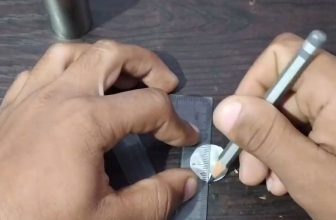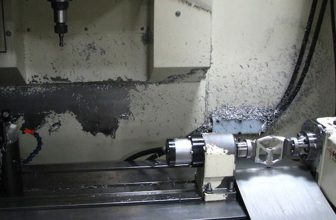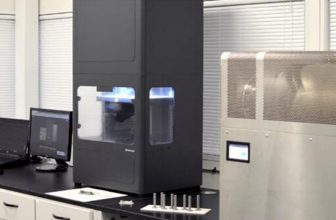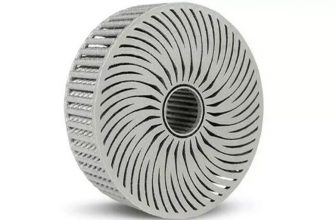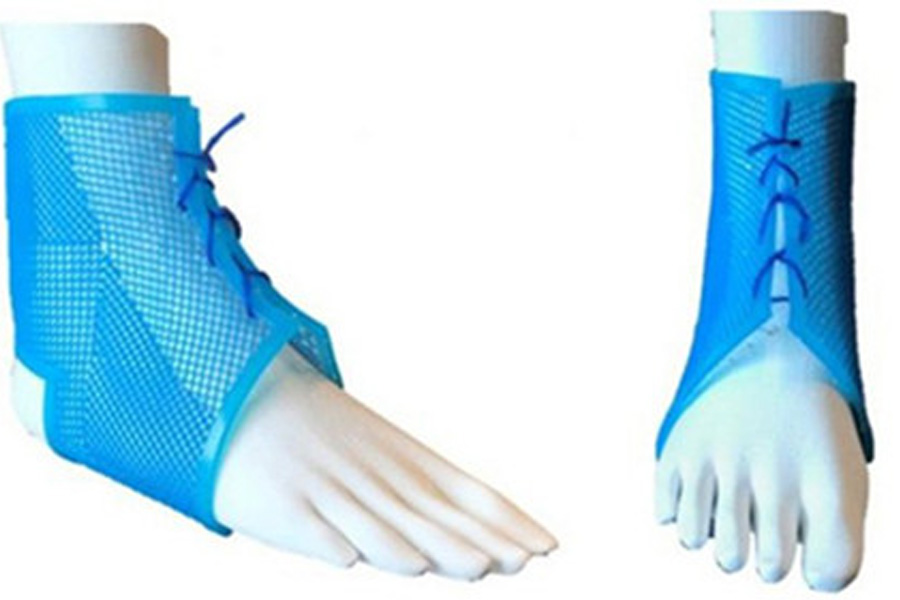
Researchers in Singapore say that comprehensive analysis of geometry, topology, structure and material data can be used to optimize the design of 3D printed products. Using data, Singaporean scientists have developed a simple method to optimize the design process of 3D printed products. They published their findings in the “ASME Mechanical Design Journal”.
Additive manufacturing (AM), also known as 3D printing, is a process of manufacturing parts in a layer-by-layer manner. In the conventional manufacturing process, the main task of the designer is to customize the design to eliminate manufacturing difficulties and minimize costs.
On the contrary, additive manufacturing has fewer manufacturing constraints and at the same time provides designers with more design freedom. Therefore, designers must find the best design from millions of design solutions with different geometry, topology, structure and materials. For current design methods and computer-aided design tools, this may be a tedious task due to the lack of the ability to quickly explore and utilize such a high-dimensional design space.
To solve this problem, researchers led by Dr. Xiong Yi from Singapore University of Technology and Design (SUTD) proposed a holistic approach that applies data-driven methods to design search and optimization in the subsequent stages of the AM product design process.
First, they used simple and low-cost alternative models in the design exploration process to approximate and replace complex high-fidelity engineering analysis models. This allows them to quickly shrink the high-dimensional design space. Next, they optimized the design based on the optimized surrogate model to obtain an optimal design.
Then, the researchers demonstrated the efficiency of the method they used when designing an ankle brace made by AM, which has adjustable mechanical properties that can promote joint recovery. Their data-driven approach allows them to change the orientation and size of the bracket in different areas to achieve the required stiffness distribution.
The research team pointed out that the ankle brace is very soft within the allowed range of motion and can provide comfort to the patient. However, once the movement exceeds the allowable range, the bracket becomes rigid enough to protect the user’s joints from extreme loads.
“Before, due to the limitations of conventional manufacturing, it was difficult for designers to imagine such a complex geometric design, but now, using AM can easily achieve this design. Our new method allows designers to accept the design freedom of AM, and AM is It is brought about by the change of design paradigm, which enables them to create more of the best products.”


